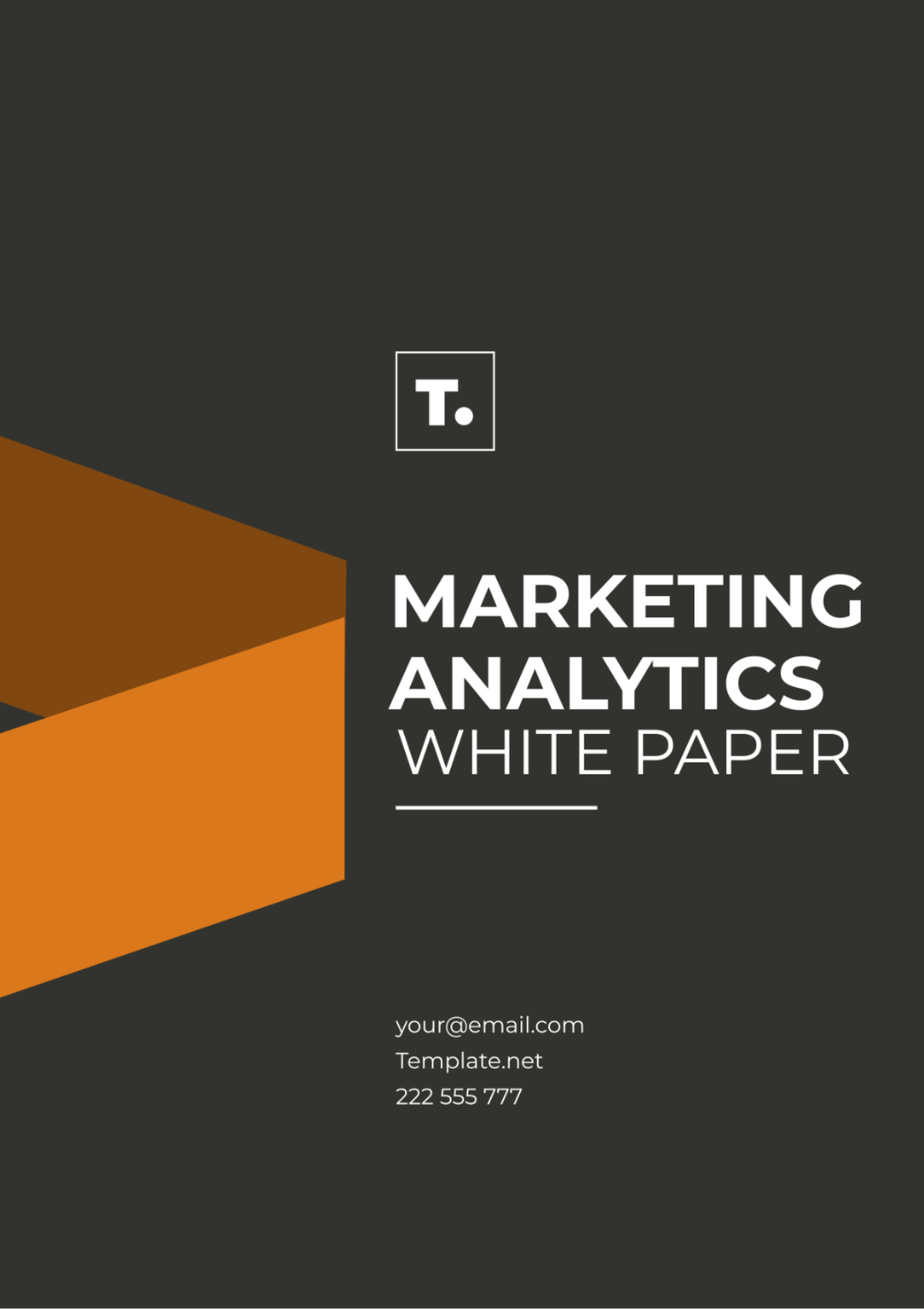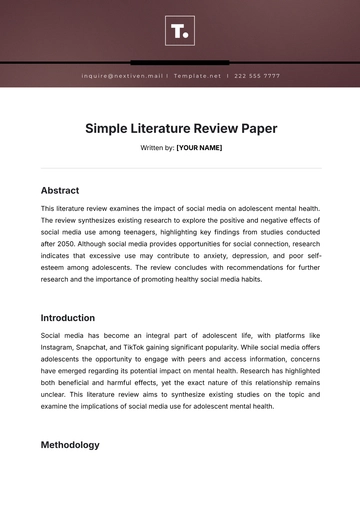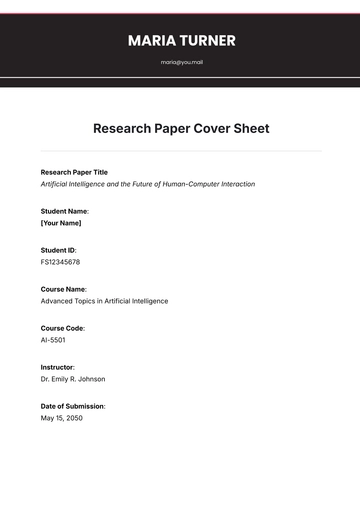Free Marketing Analytics White Paper

Exploring Marketing Analytics: Tools, Methodologies, and Best Practices
Author: [YOUR NAME]
Company: [YOUR COMPANY NAME]
Department: [YOUR DEPARTMENT]
Date: [DATE]

I. Executive Summary
This White Paper provides an in-depth look into the current and evolving landscape of marketing analytics, focusing on the essential tools, methodologies, and best practices. We aim to empower [YOUR COMPANY NAME]'s marketing strategy through actionable insights derived from data.
II. Introduction
This document examines the importance of marketing analytics within the business environment of [YOUR COMPANY NAME]. It underscores how informed decisions based on data analysis could significantly boost the company's performance and competitive edge.
III. Understanding Marketing Analytics
A. Definition and Significance
Definition: An in-depth look at the meaning of marketing analytics and its role in modern marketing strategies.
Significance: Exploring how marketing analytics drives informed decision-making and improves outcomes.
B. Scope and Applications
Scope: Examining the breadth and depth of marketing analytics applications across various marketing channels.
Applications: Highlighting specific use cases and scenarios where marketing analytics provides value.
IV. Core Methodologies in Marketing Analytics
This section discusses key methodologies:
A. Data Collection Techniques
Primary Data Collection: Strategies for gathering first-hand customer and market data.
Secondary Data Collection: Techniques for accessing existing data sources for analysis.
B. Data Analysis Strategies
Quantitative Analysis: Methods for analyzing numerical data to extract insights.
Qualitative Analysis: Approaches for interpreting non-numerical data, such as text or images.
C. Reporting and Communication
Reporting Tools: Overview of tools and platforms for creating and sharing marketing analytics reports.
Stakeholder Communication: Best practices for effectively communicating findings to different stakeholders.
V. Tools of the Trade
This section provides an overview of critical tools enabling effective marketing analytics:

A. Data Collection Tools
DataAnalyzer: Software solution for collecting and organizing customer and market data.
SurveyMonkey: Platform for creating and distributing surveys to gather customer feedback.
B. Data Analysis Software
Tableau: Data visualization software for analyzing and presenting marketing data.
SPSS Statistics: Statistical analysis software for exploring relationships within marketing data sets.
C. Predictive Analytics Platforms
PredictPro: Advanced system for predictive analytics and forecasting in marketing.
Google Analytics: Web analytics platform for tracking and analyzing website and campaign performance.
VI. Best Practices in Marketing Analytics
This section outlines key strategies employed by leading organizations:
A. Continuous Learning and Skill Development
Training Programs: Invest in training and development opportunities to keep teams updated on the latest tools and methodologies.
Skill Enhancement: Encouraging employees to acquire new skills and certifications in marketing analytics.
B. Data Privacy and Ethics
Compliance with Regulations: Ensuring adherence to data protection laws and regulations, such as GDPR and CCPA.
Ethical Data Use: Promoting ethical practices in data collection, analysis, and usage to maintain customer trust.
C. Integration Across Marketing Processes
Cross-Channel Integration: Integrating marketing analytics into all aspects of the marketing ecosystem, from campaign planning to customer engagement.
Alignment with Business Goals: Ensuring that marketing analytics initiatives align with overarching business objectives and strategies.
VII. Case Studies
This section presents real-world examples showcasing the successful implementation of marketing analytics methodologies at [Your Company Name] and other leading companies.
VIII. Conclusion
Summary of key points discussed and reaffirmation of the potential impact of advanced marketing analytics on driving business success.
IX. Call to Action
Encouragement for [Your Company Name] teams to engage with tools and practices discussed to enhance marketing efforts and contribute to company goals.
X. References
An extensive list of scholarly articles, books, websites, and various other resources that are referenced throughout the white paper.
XI. About the Author
Background information about [Your Name], including professional experience and expertise in marketing analytics and strategy.
- 100% Customizable, free editor
- Access 1 Million+ Templates, photo’s & graphics
- Download or share as a template
- Click and replace photos, graphics, text, backgrounds
- Resize, crop, AI write & more
- Access advanced editor
Elevate your marketing strategies with the Marketing Analytics White Paper Template from Template.net. This comprehensive document simplifies the creation of insightful white papers on marketing analytics techniques and best practices. Crafted for flexibility, it's editable and customizable, allowing you to tailor every detail to your organization's unique marketing objectives and insights. With our Ai Editor Tool, making adjustments is seamless, ensuring your white paper effectively communicates your marketing analytics strategies and solutions. Trust Template.net to provide the framework for presenting your marketing analytics expertise professionally and comprehensively. Simplify your knowledge-sharing efforts and drive data-driven marketing success with confidence, knowing you're supported every step of the way.





























